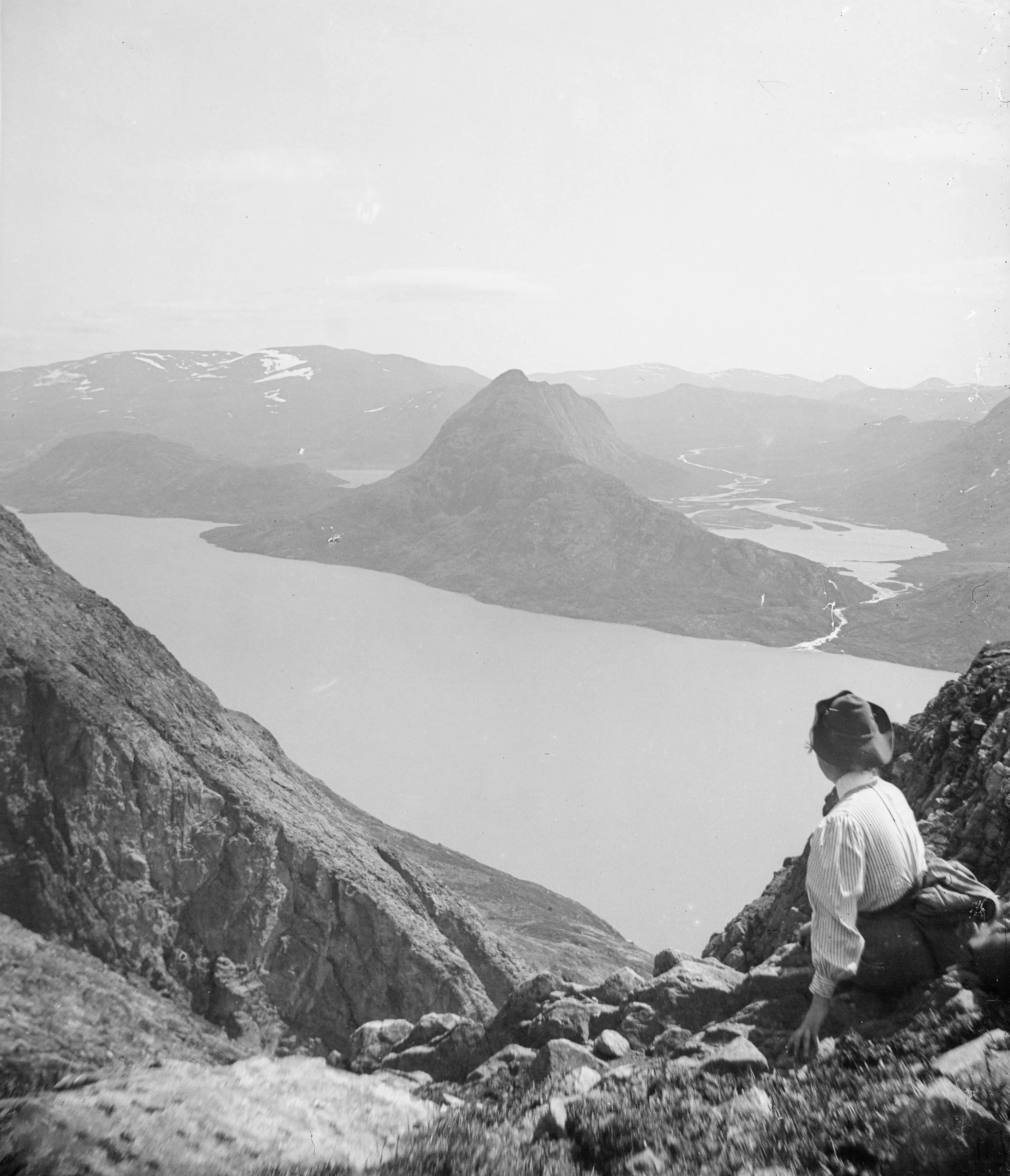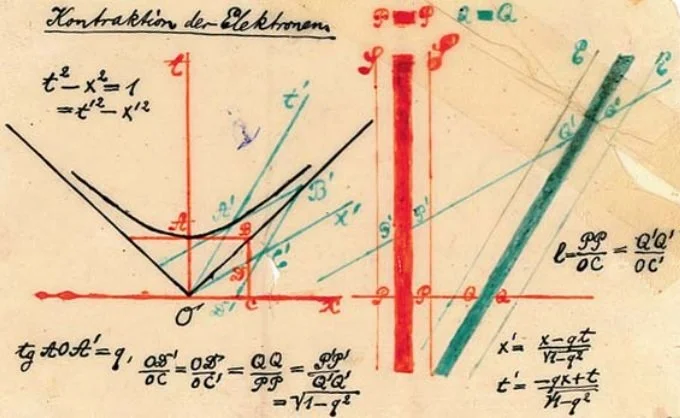Designing purpose in a world full of meaning

It’s not easy to start writing a text nowadays. I’m annoyingly teased by artificial intelligence - “come use me, I’m free!” But I just as annoyingly refuse. The heavily perfected style, the skilfully constructed paragraphs and clear conceptual layouts. AI knows how to do that with great ability. However, every single time I read a text by a robot I notice my mind wanders. I’m struggling to stay engaged with what I’m reading, and the letters turn into nothingness. The message might be there, but the meaning is gone.
And maybe it is that meaning that we’re all so desperately looking for at the moment. In this mess of a world that we’ve constructed, we seem to have lost purpose. Politicians deny climate change, dictators cross human dignity at a rapid pace, giant corporations support wars and banks are happily riding the fossil fuel waves. Behind all these actions, behind that brutal machinery destroying life, are humans. Behind those actions sit a person. And I’m wondering, how did we end up with people that so brokenly relate to meaning and purpose?
To ponder and think about the meaning of life has followed humanity since the dawn of existence. We don’t need scientific explanations or facts to prove this. Every single one of us have had these thoughts, and we know others do too. Some have spent their lifetime asking the question. Scientists, philosophers, spiritual or religious leaders, biologists and physicists. Some have been able to clarify the constructions of life but never has anyone been able to prove the true meaning. Throughout time, different cultures have believed different things for the answers to this question. Yet, the constant unknown remains, and the existential drift seems to be part of life.
Through utmost creativity, humans came up with The Big Bang theory almost 100 years ago. The explanation put a somewhat comforting layer on top of the brutal ponderings on life. Scientists such as Friedmann, Hubble and Lemaître (history is always explained by men, but the problems surrounding that fact is something I’ll leave for another article), they originated the concept of how the universe expanded from an initial state of high density and temperature. Just a few decades earlier another group of men were scratching their heads on the topics of space and time, Einstein being one of them. His former teacher Hermann Minkowski another. These men presented geometric interpretations of relativity that fused time and the three spatial dimensions we until then thought were the only way of seeing space, into a single four-dimensional continuum. The concept of spacetime was created and somehow the complexity of purpose and meaning moved away from being unexplained notions to something we felt we could calculate and construct. Suddenly, the intricacy of unknowns seemed to be gathered and by doing so, there came a slight relief among humans. If we kept exploring and studying, we would soon be able to explain everything.
Drawing by Minkowski in his 1908 Raum und Zeit lecture.
As an architect working with transformation of planetary systems from both macro and micro perspectives, with a personal framework based on creativity and imagination and an interest in economy and time, I find the need for scientific explanations intriguing. I keep wondering about the industrial revolution and capitalism, how its dark core is rooted in colonialism, how science for long was a patriarchal atmosphere and how that atmosphere pushed away any other form of purpose. Have we relied on science to make us feel at ease with existence? Have we over-focused on explaining how everything works, rather than enjoying the beauty of it all?
In my late twenties I was a mother of three and my days were hectic, to say the least. Diapers, runny noses, lack of sleep and a non-existent social life. To somehow stay sane, I enrolled in an evening course on human development. Once a week I left family life to listen to a classic university lecture on the story of human life, from early apes through Homo Habilis and Homo Heidelbergensis to Neanderthals and Homo Sapiens. By the end of the semester, we all went to a couple of prehistoric caves in south west France to experience some of humanity’s early marks. Walking inside these caves made an enormous impression on me. To stand in the exact same place as another human did 20.000 years earlier, watching a beautiful painting they created, that does something to your understanding of life. I could feel the emotions left by that other human. I could close my eyes and imagine I was there. Still, 20.000 years stood between us. So many souls, bodies and dreams had breathed in the timespan of our separated realities. Spacetime suddenly felt comprehensible. And amid my colossal reasoning, the core of humanity was right in front of me. To create, to share, to enjoy beauty, to make stories, to love, to imagine, to care, to simply be in this astonishing world.
20.000 year old painting from the cave Font de Gaume, France.
I left the cave and travelled back. Back in space but forward in time. Now a decade later, my thoughts are still aligned with both science and art. In similar ways, both areas use creativity as a tool for research and to deal with the unknown. Through creative mindsets we can envision and act for a different world to appear. One where the largest problem of our time - inequality - is faced with sincere honesty and courage.
Every single planetary crisis we currently face originates from an unequal world. We’re all born in different places with different possibilities, yet rarely is this discussed with brutal honesty when we talk about societal solutions. The usage of shared planetary resources is unequal, the economic system is unequal, living standards are unequal, health is unequal, education is unequal and possibilities to realise your dreams are unequal. If we want to remodel society into something wildly different, we need to fearlessly sketch a new proposal and paradigm. One that is generous, warm, caring and for all. What would that look like?
Creativity can transform realities and it can show us things we never thought were possible. Things we didn’t know could exist. Creativity can lead and it can be hopeful. But only if it's driven by meaning rather than message. Because in that creative meaning lies beautiful moments of purpose, spacetime and existence. A city built for meaning rather than efficiency and profit, will leave beautiful marks for future generations. Marks that might inspire a tired mum to ignite with purpose and leave her with that wonderful feeling of being a magnificent essence of life.
Dorothea Lange photograph of agricultural labourers at a migrant camp, California, 1936.







